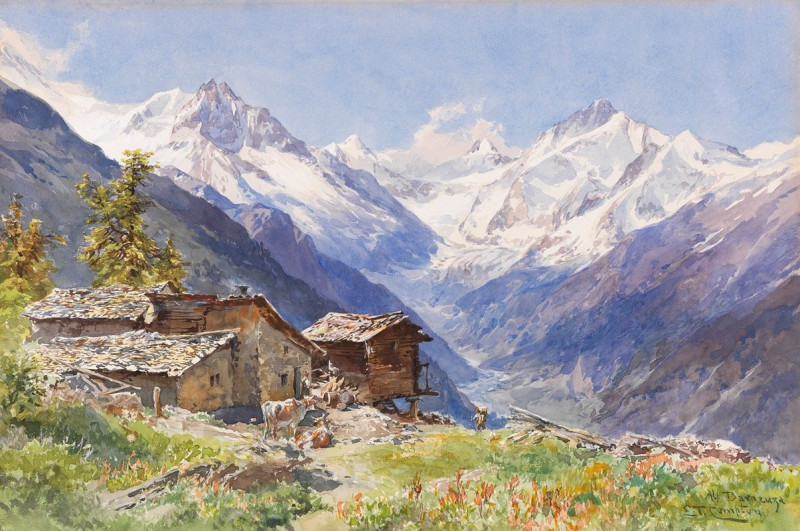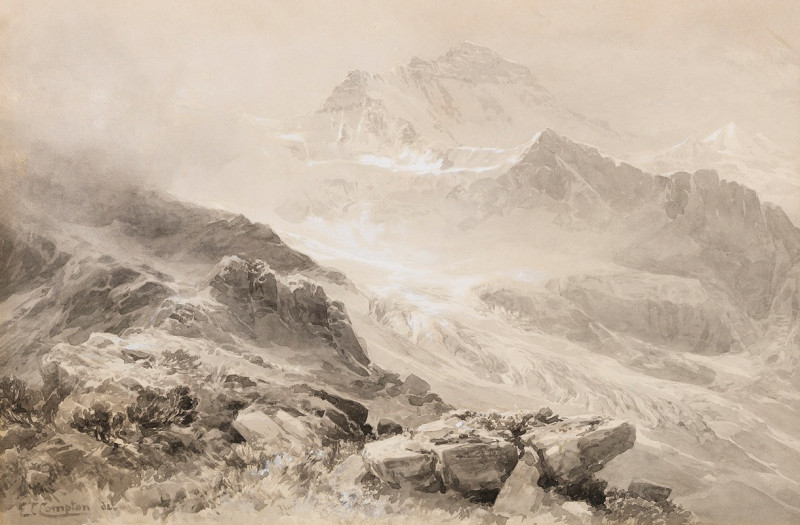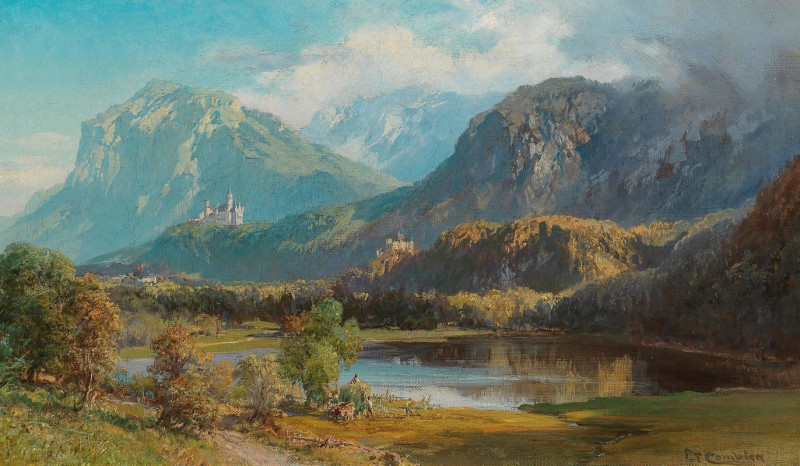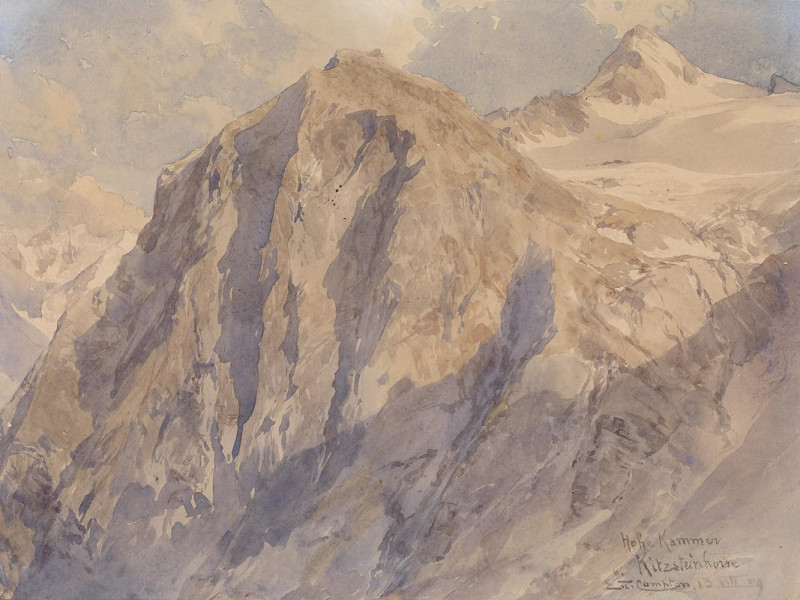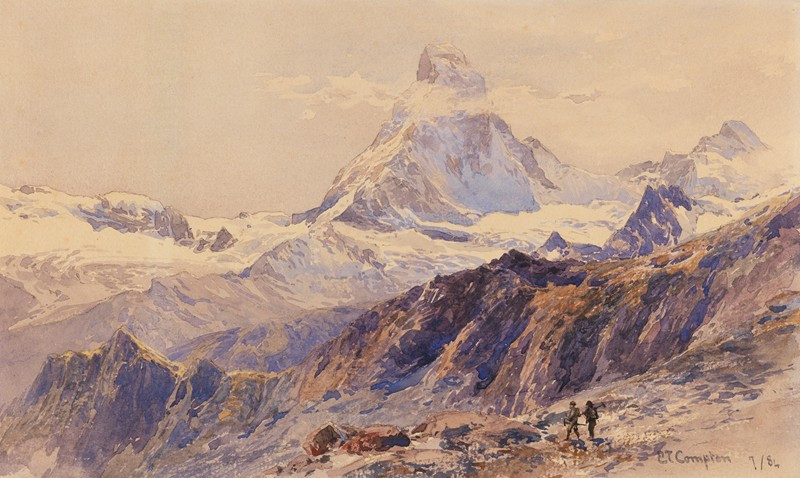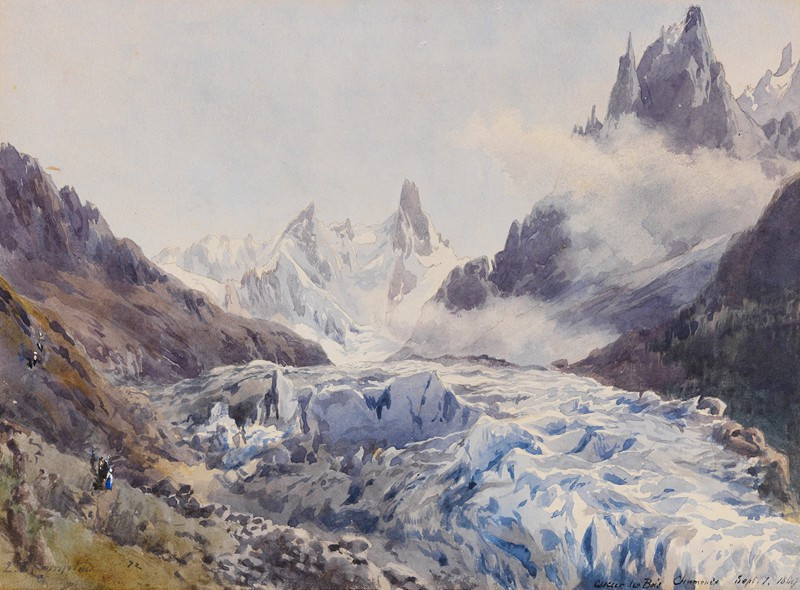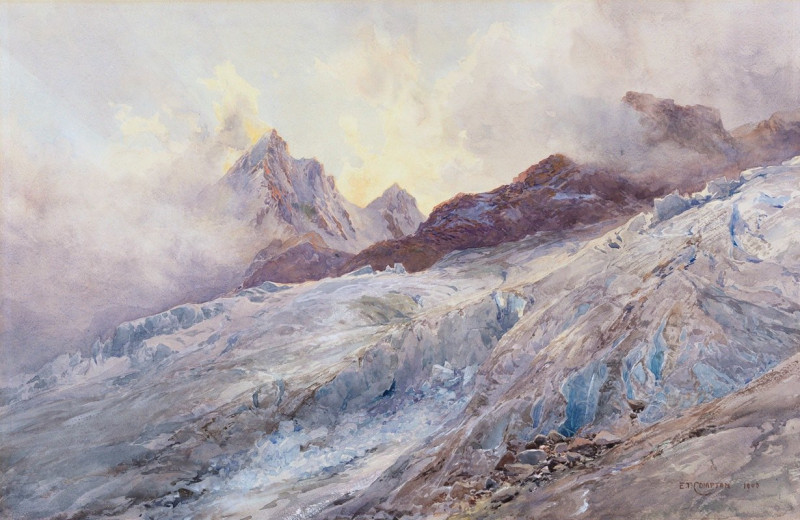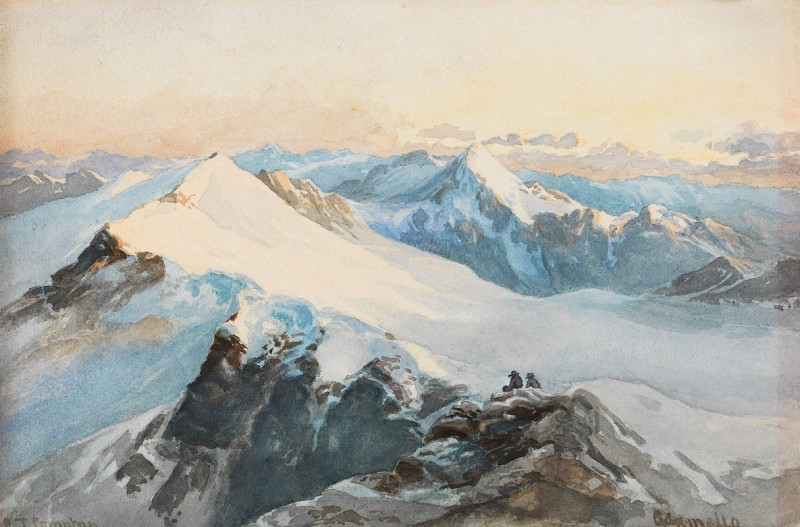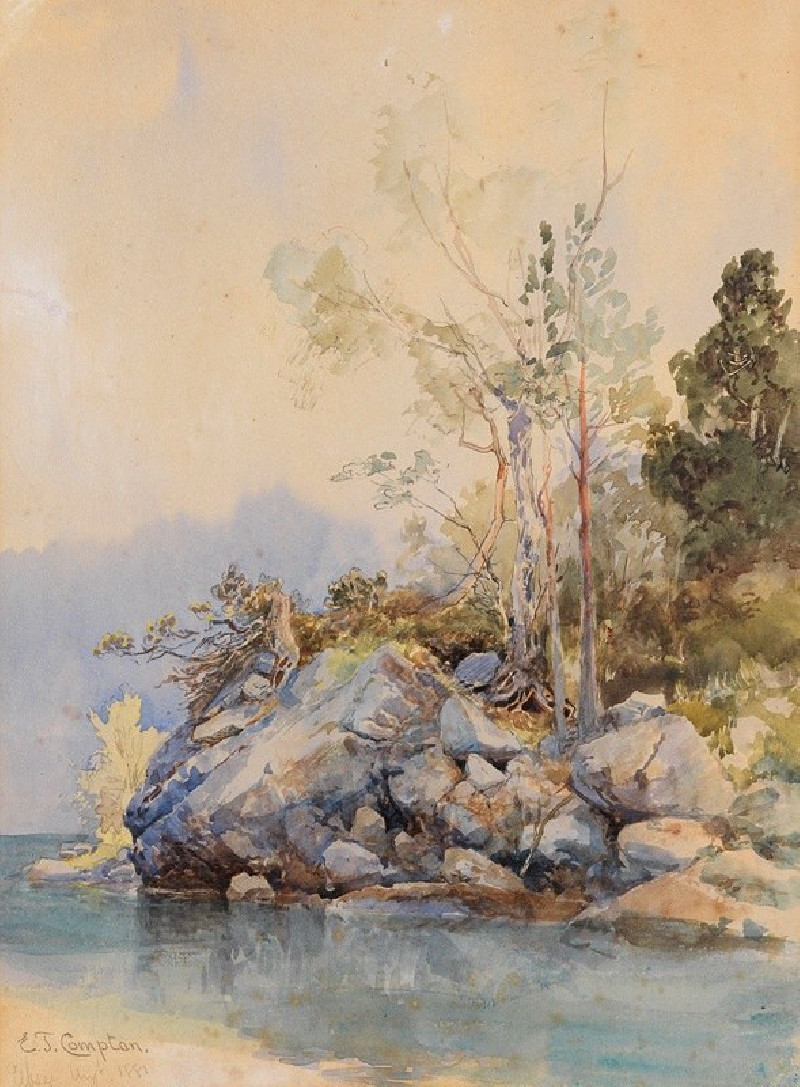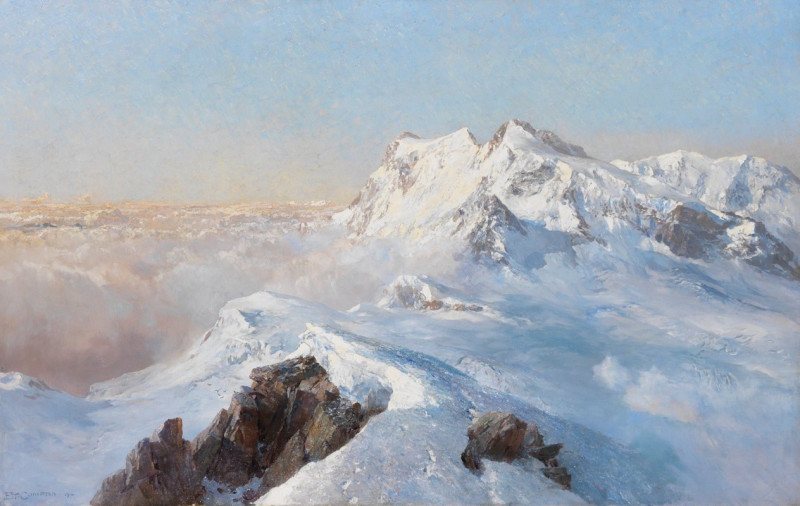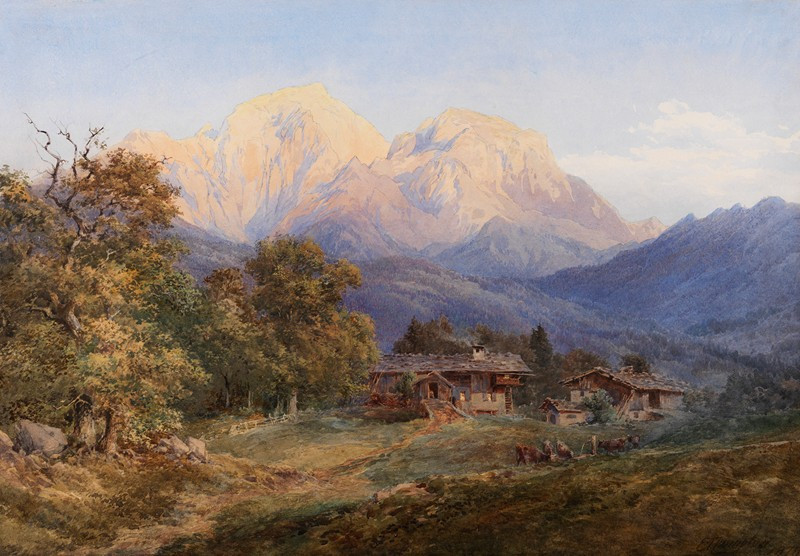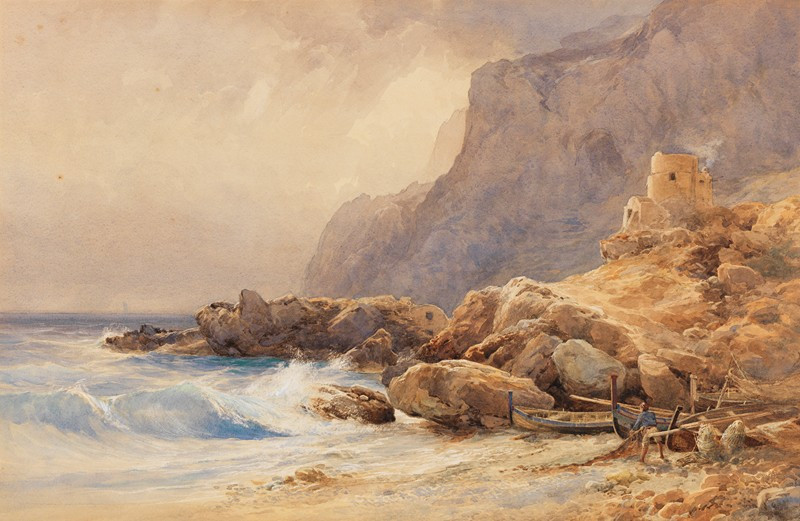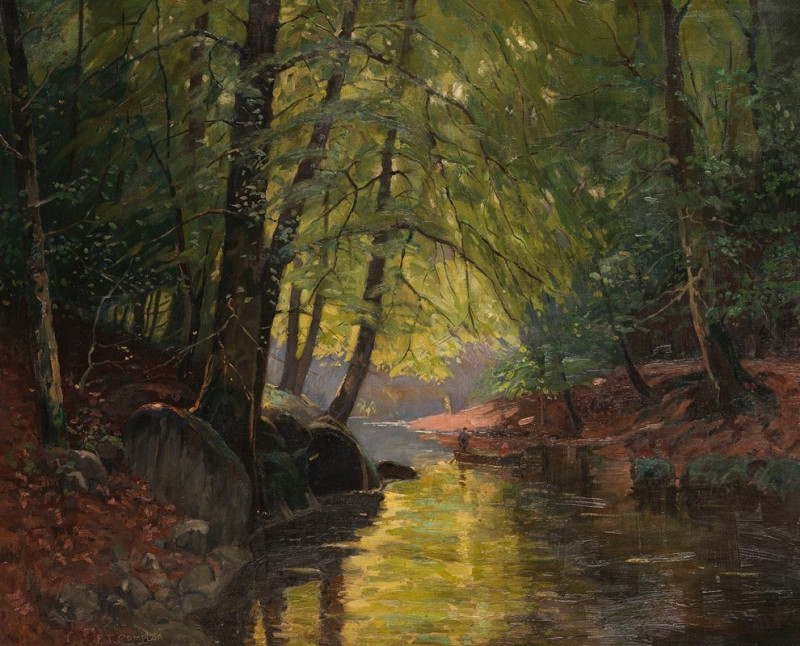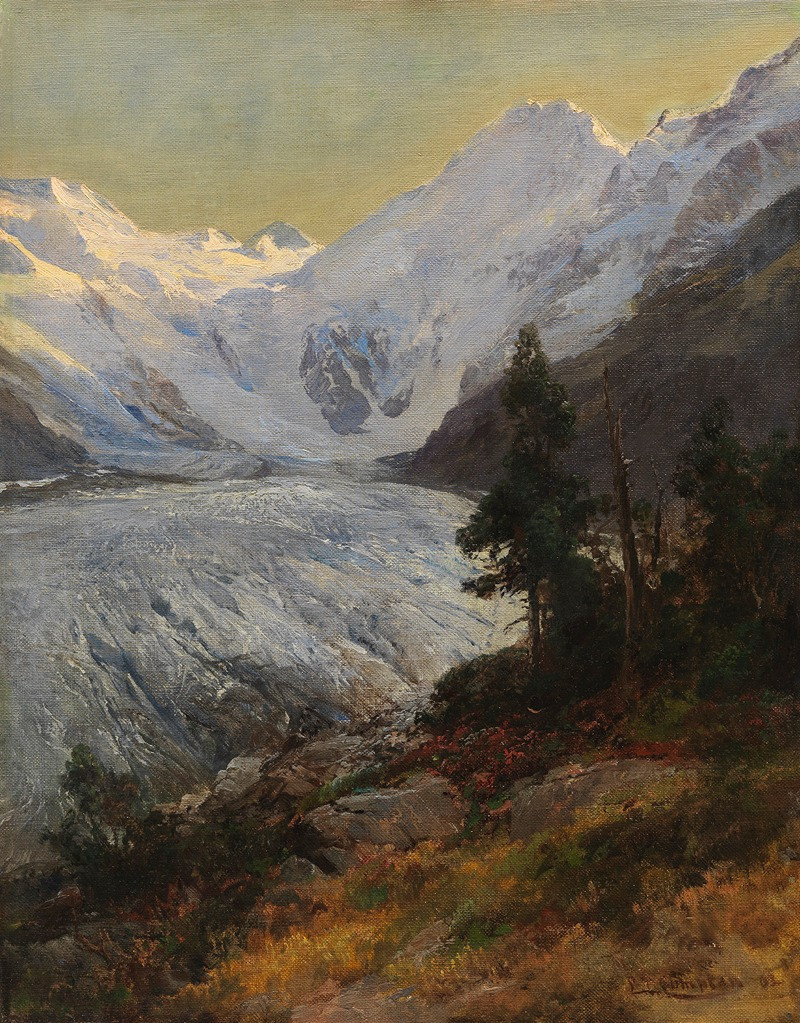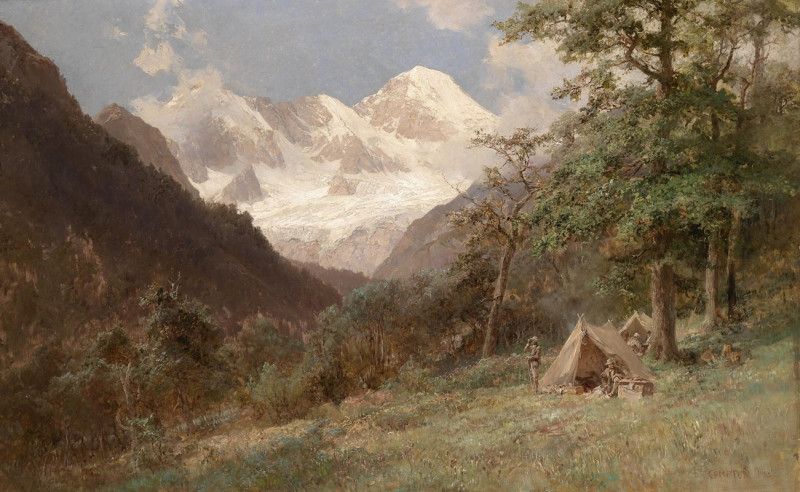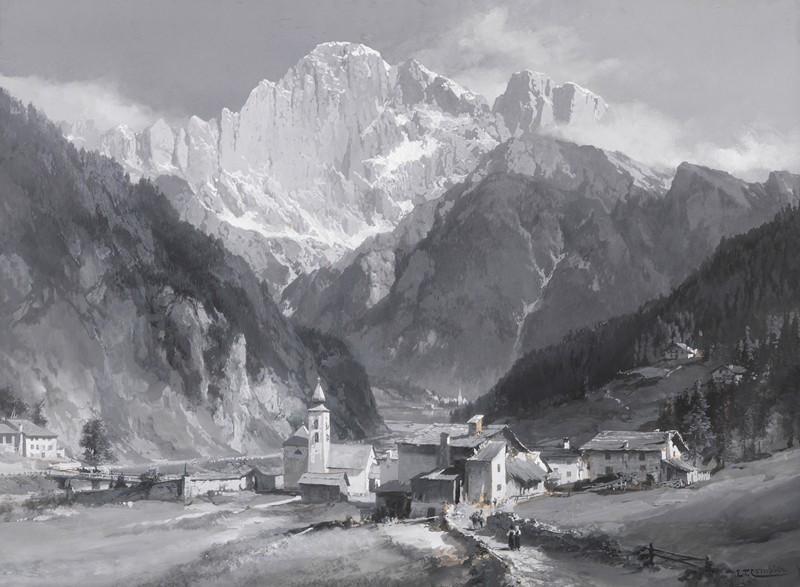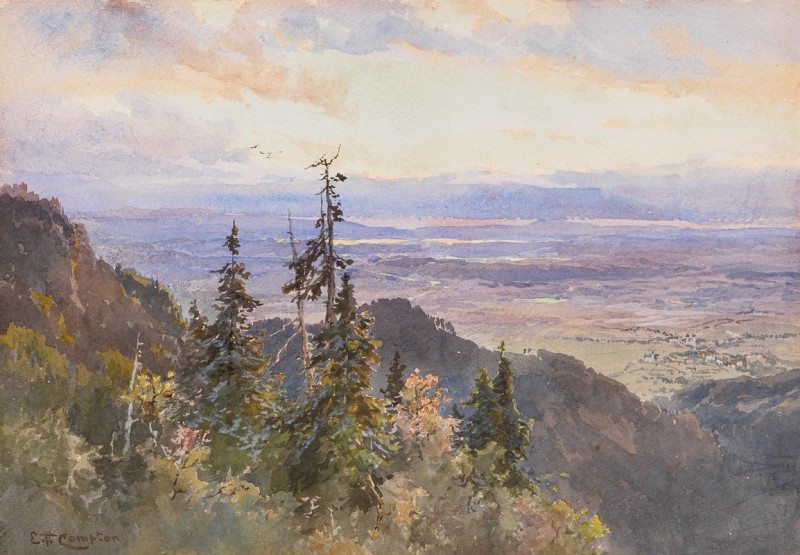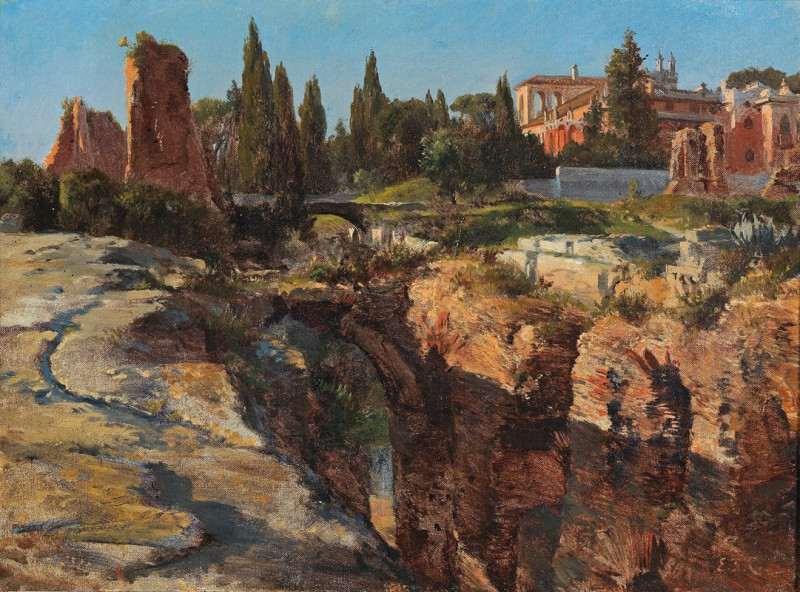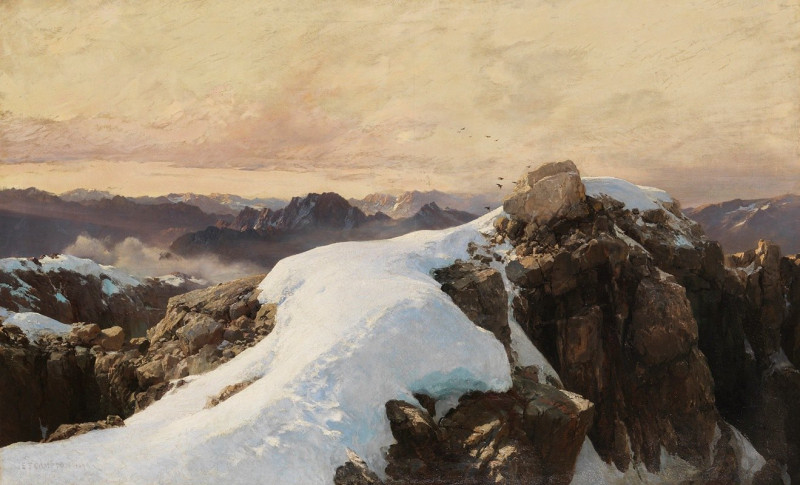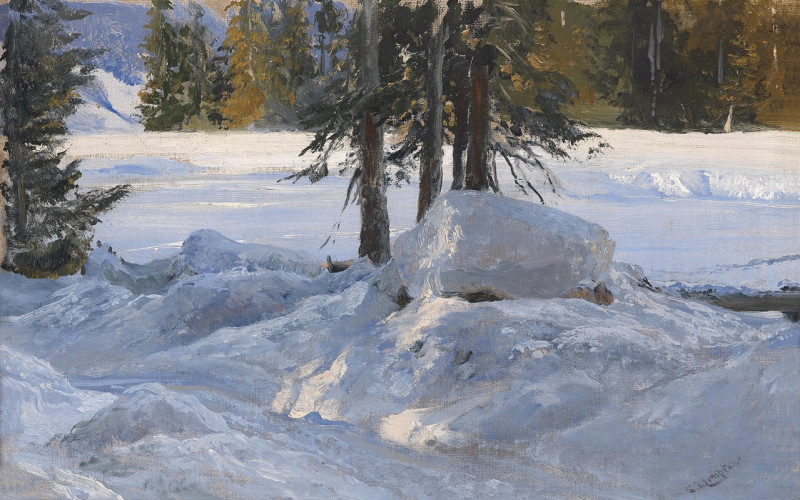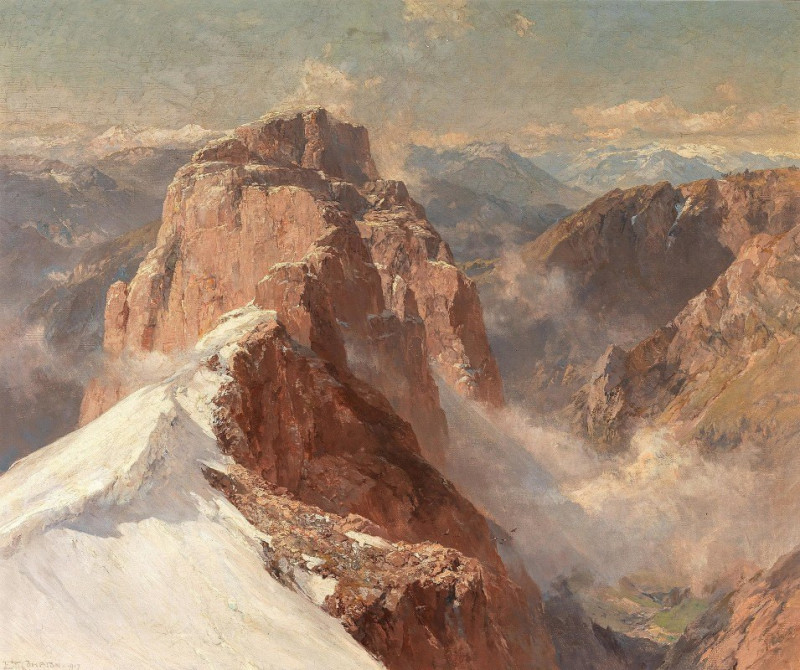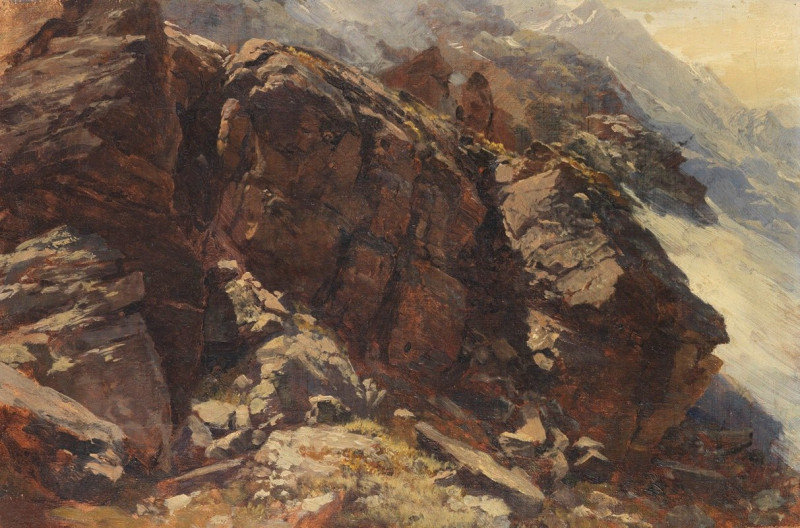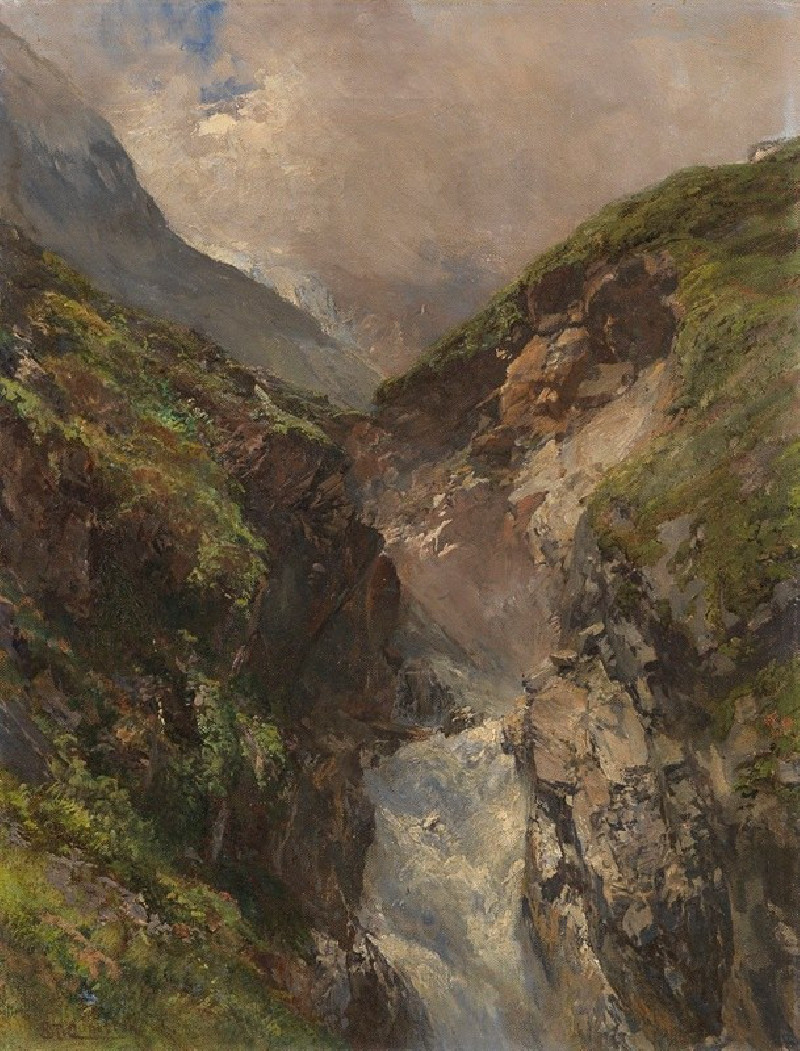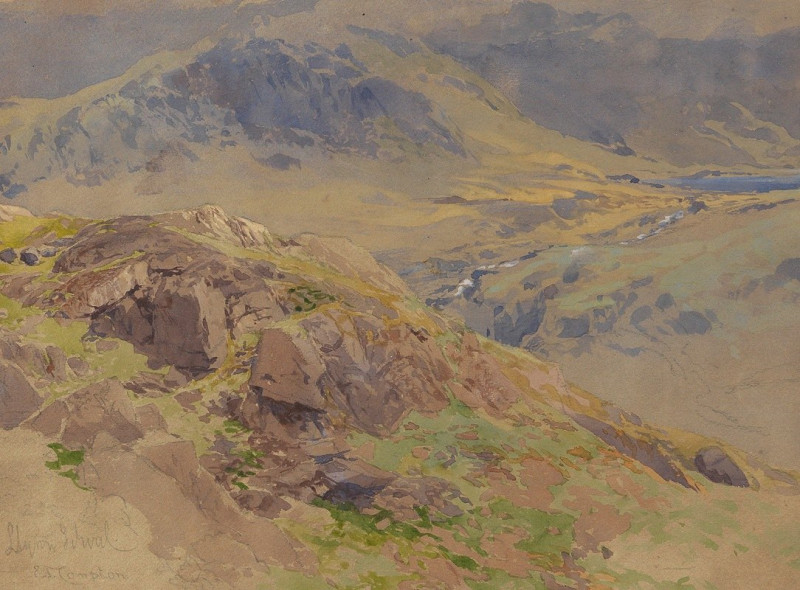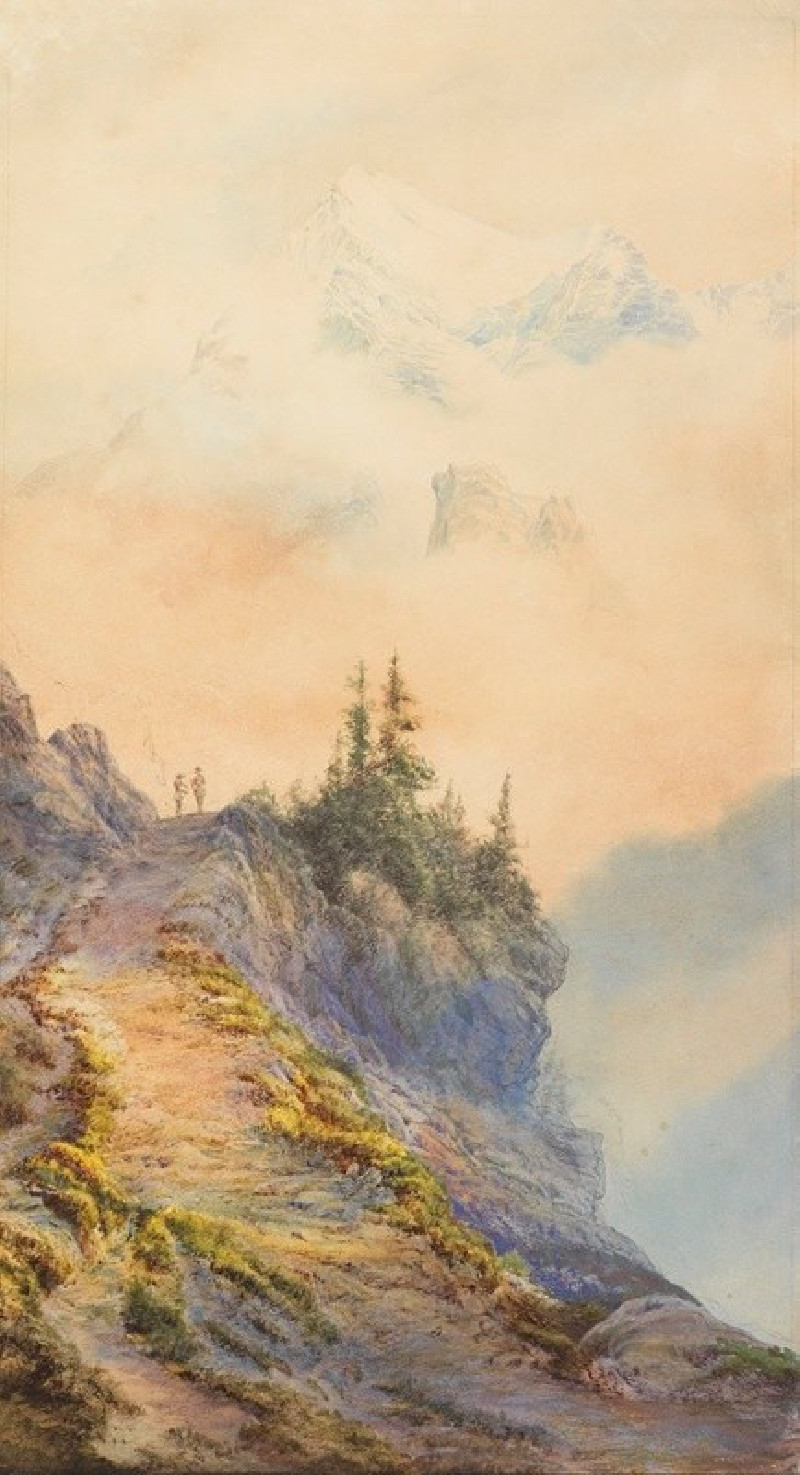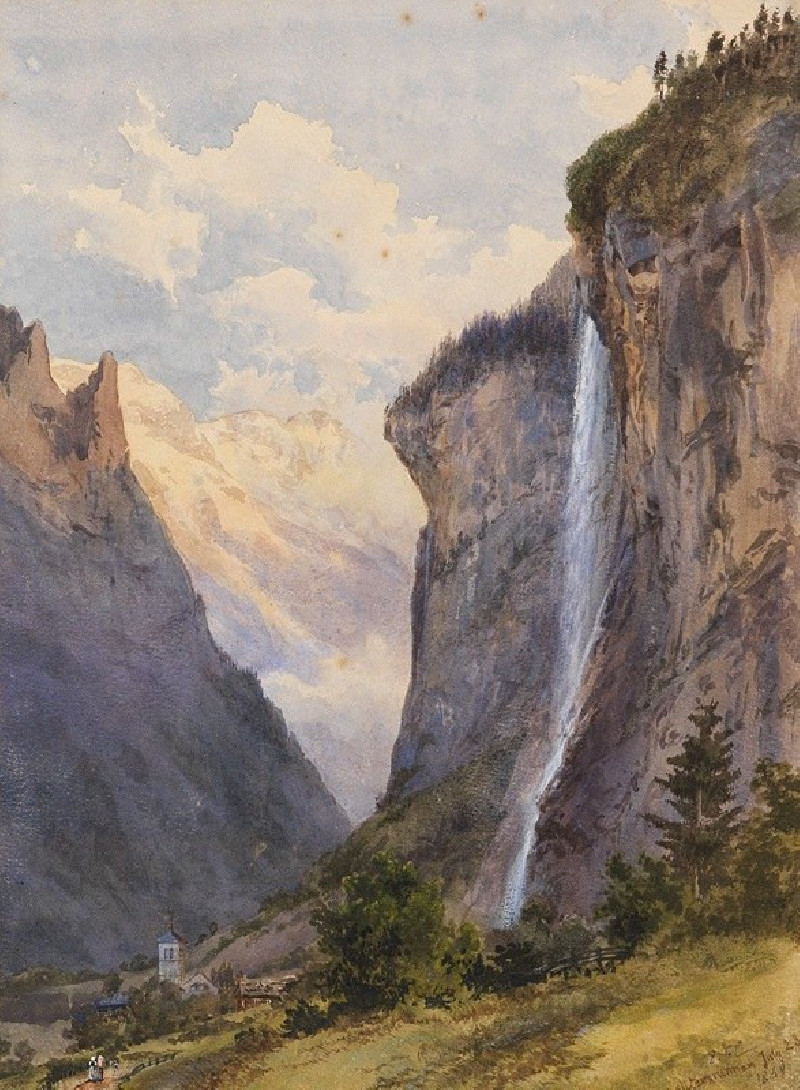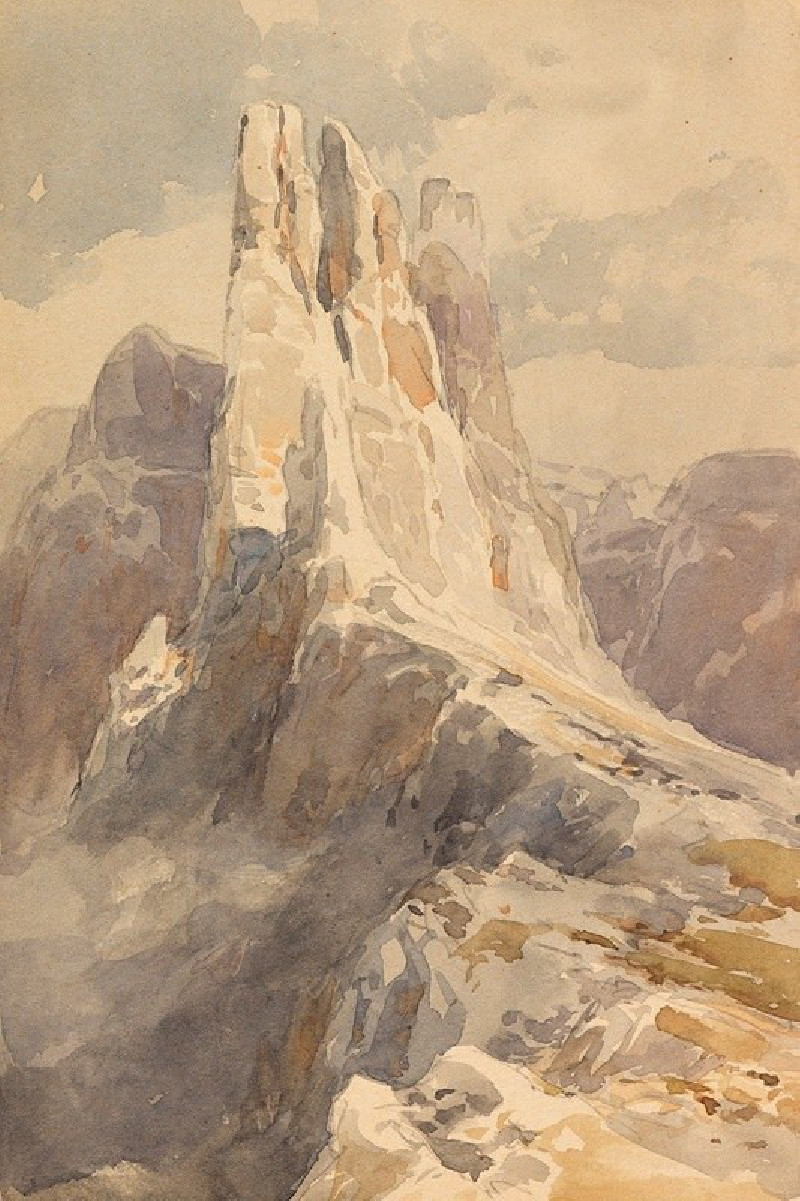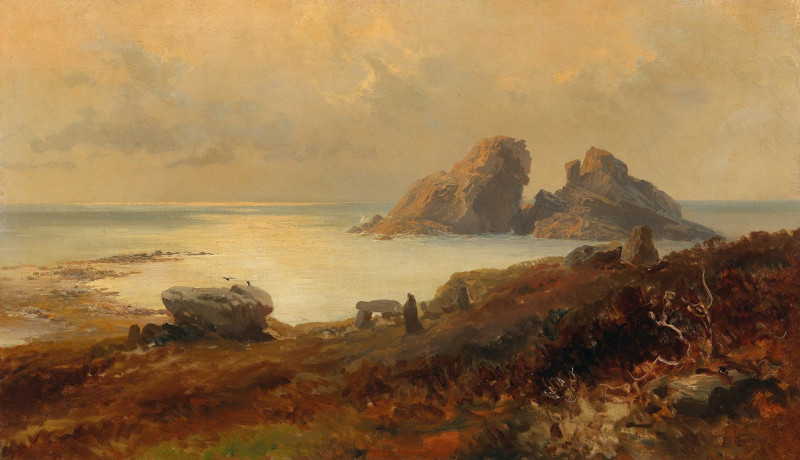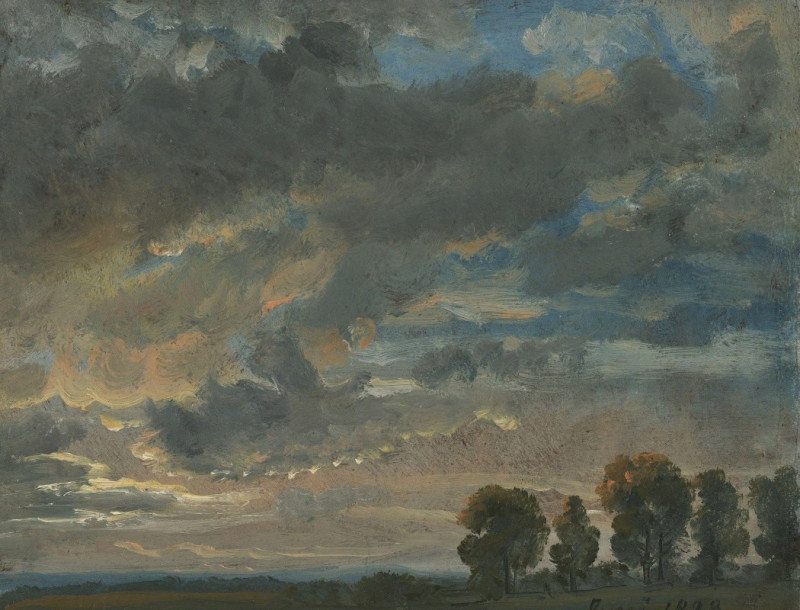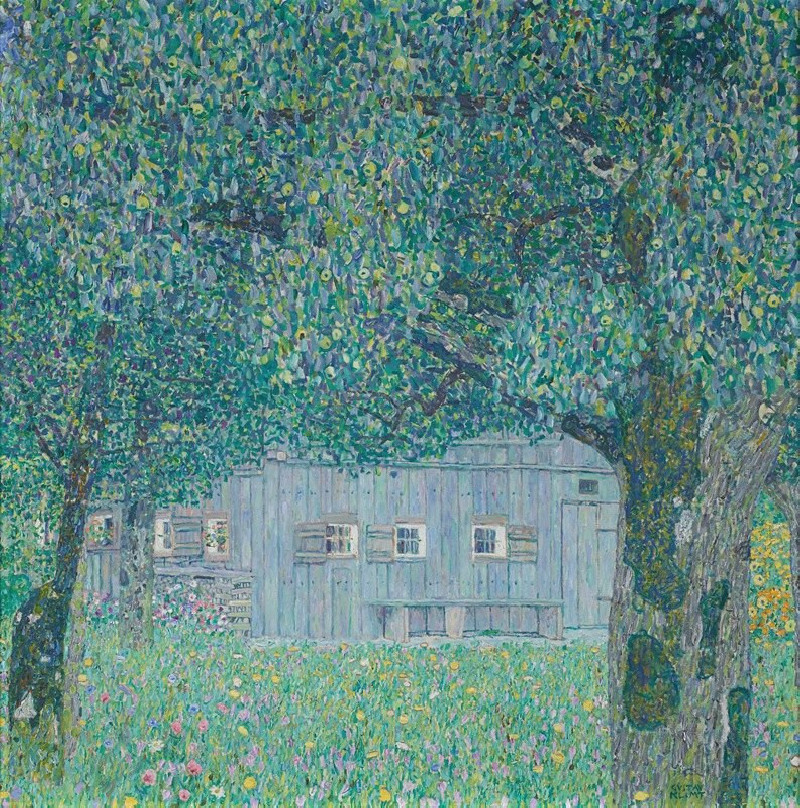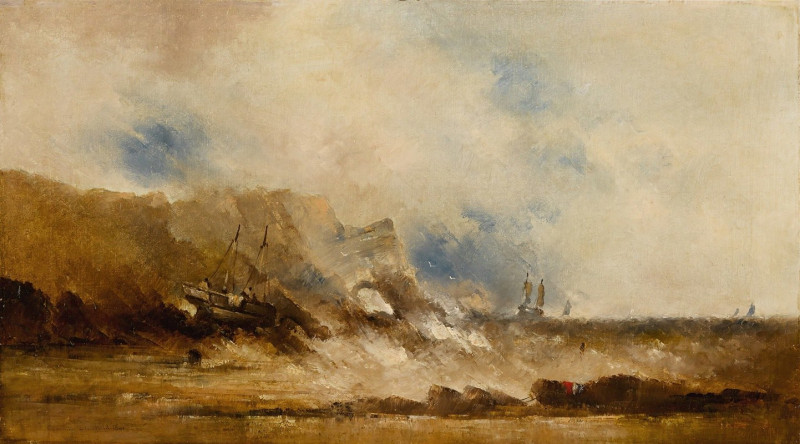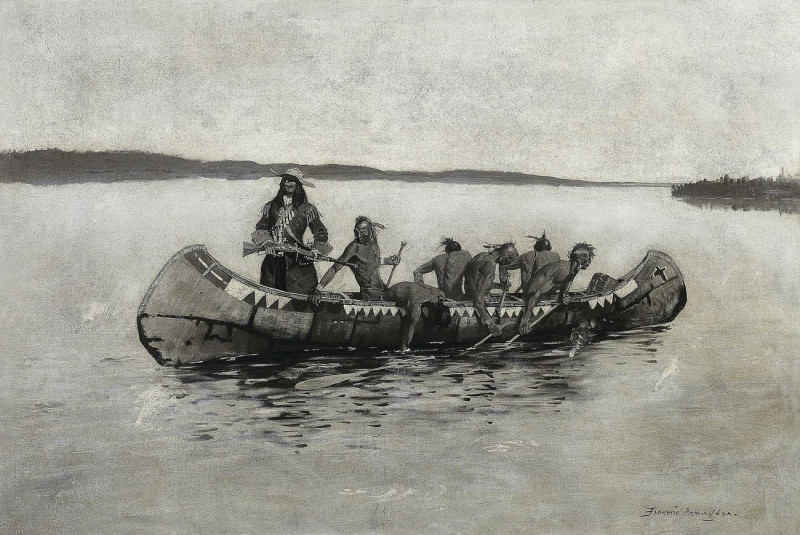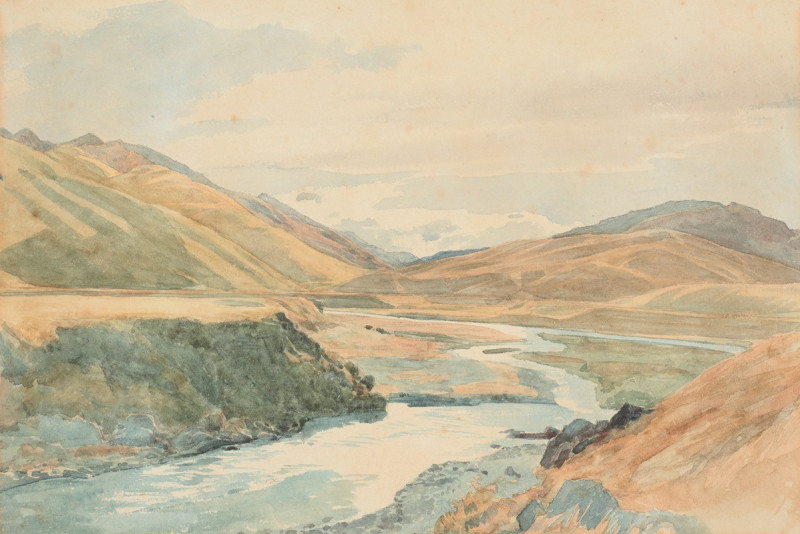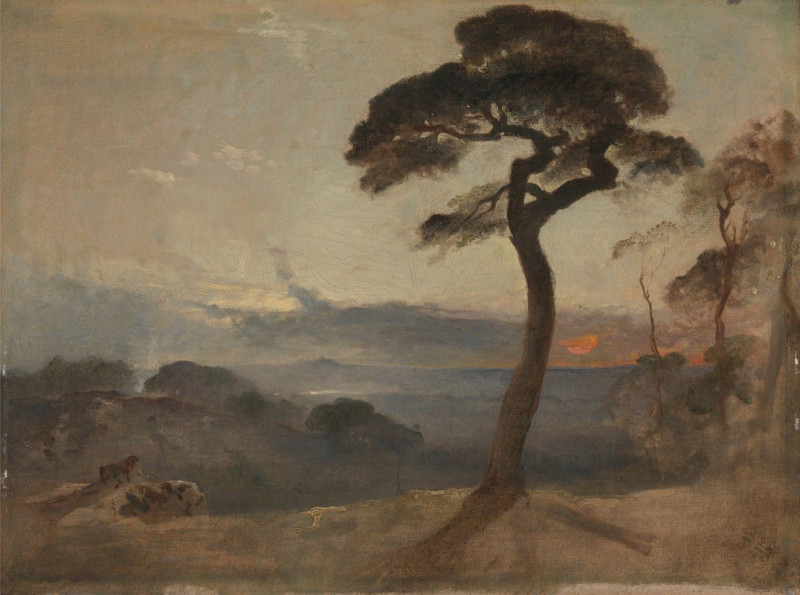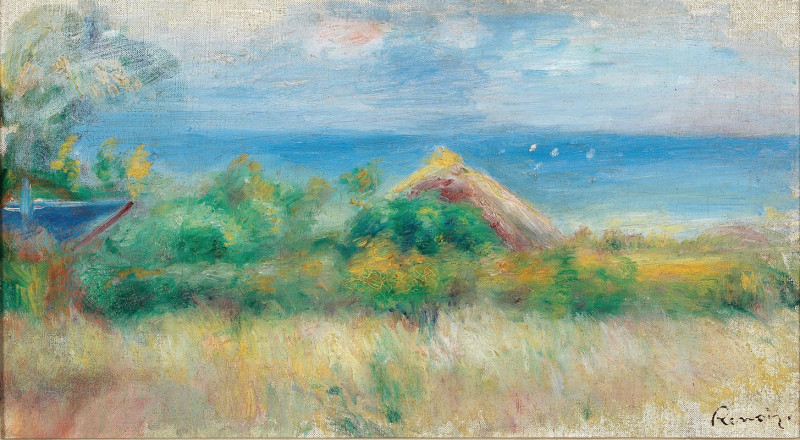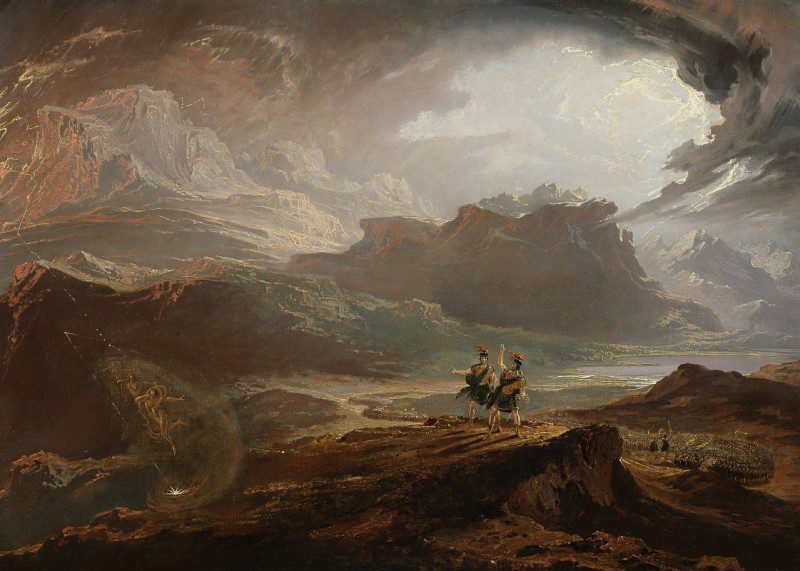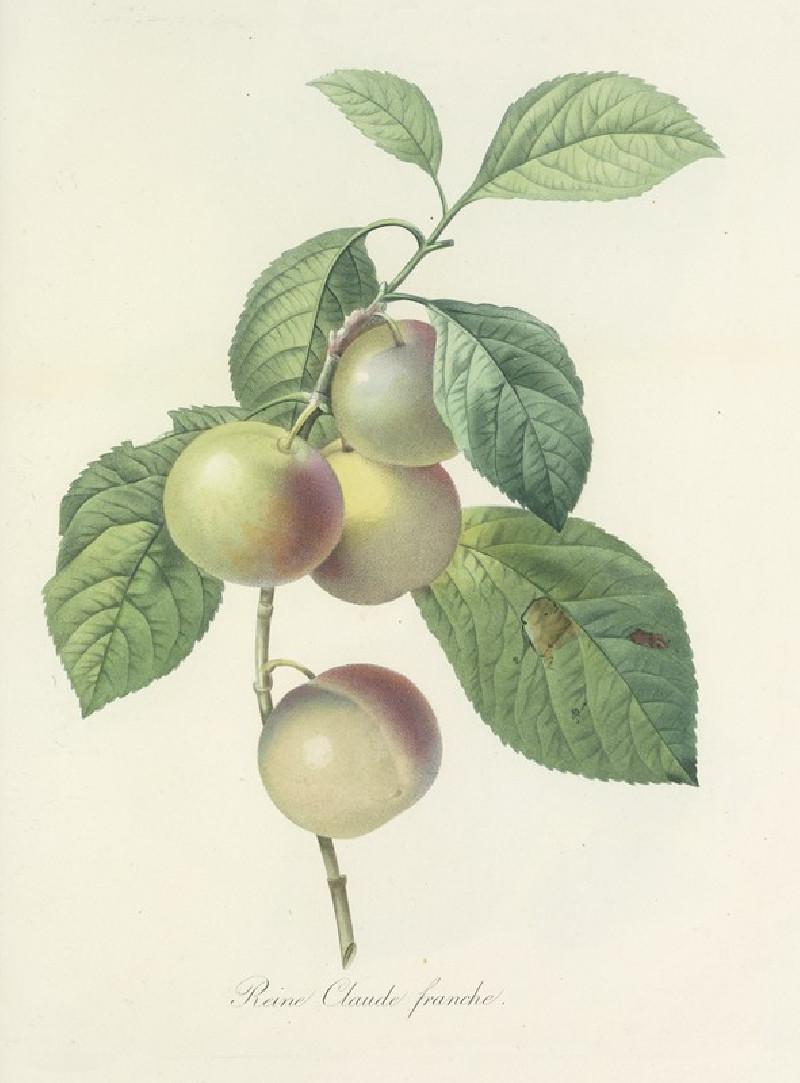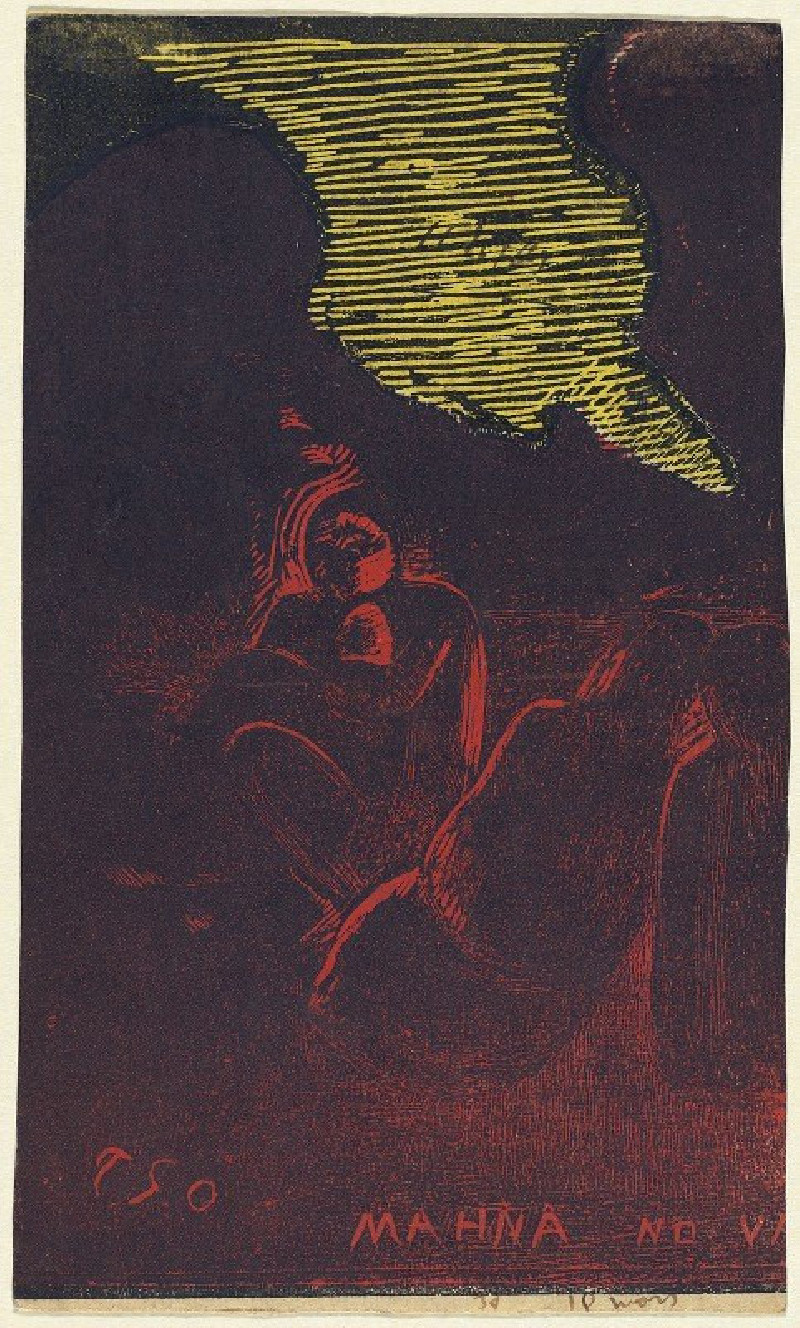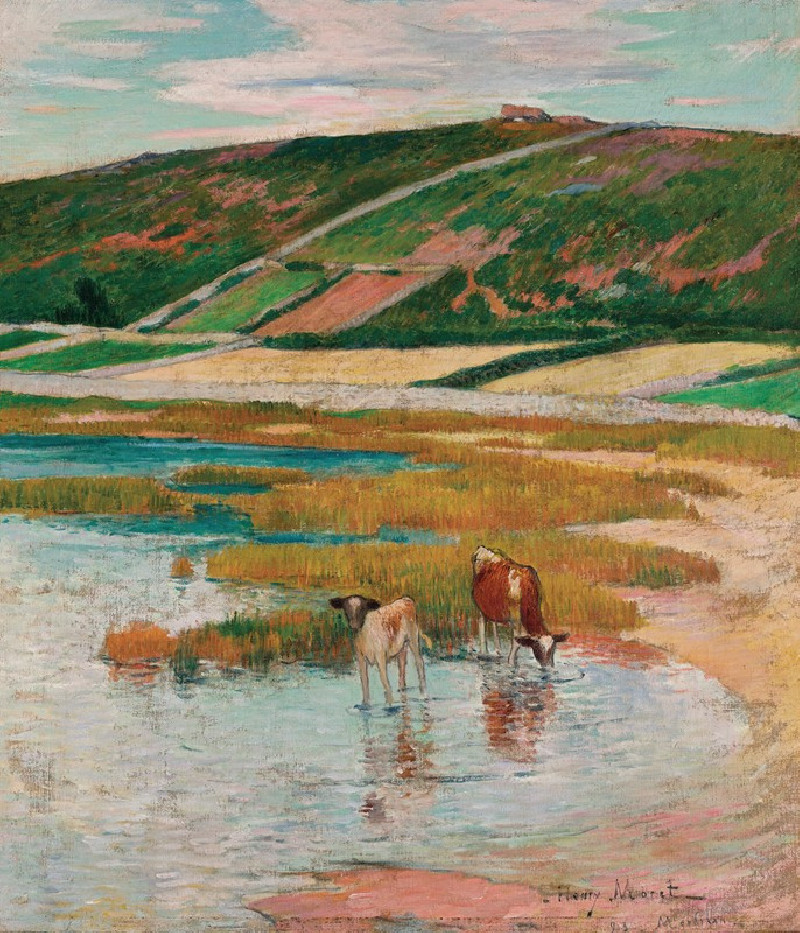Die Alpe Barneuza (Wallis) (1900)
Technique: Giclée quality print
Recommended by our customers
More about this artwork
Edward Theodore Compton's watercolor masterpiece, "Die Alpe Barneuza (Wallis)" painted in 1900, beautifully captures the serene and rugged landscape of the Swiss Alps. This painting serves as a visual journey into one of Switzerland’s pristine mountainous regions, seamlessly blending natural beauty with human presence.The scene is framed by a panoramic view of towering snow-capped peaks under a clear blue sky, conveying a sense of the enduring and majestic character of the Alps. In the foreground, rustic stone structures with thatched roofs suggest a small, remote settlement, likely used by herdsmen during seasonal migrations. These rough, unpolished buildings, though simple, stand as a testament to human adaptation and resilience in harsh environments.Adding life to this tranquil landscape are several cows grazing near the dwellings, which together with a couple of scattered figures, evoke a sense of daily rural life and connection to the land. The lush greenery dotted with vibrant wildflowers suggests that this depiction occurs in one of the warmer seasons, offering a stark contrast to the icy mountains in the distance.Compton's skillful use of light and shadow, as well as his dynamic brushstrokes, not only highlights the textures and natural hues of the landscape but also creates an almost ethereal quality. The juxtaposition of human elements with the overpowering presence of nature invites reflection on our own place within the natural world.This painting is not merely a representation of a location but is an invitation to contemplate the tranquil beauty and the silent stories encapsulated within the Alpine landscape.
Delivery
Returns
Edward Theodore Compton, usually referred to as E. T. Compton, (29 July 1849 – 22 March 1921) was an English-born, German artist, illustrator and mountain climber. He is well known for his paintings and drawings of alpine scenery, and as a mountaineer made 300 major ascents including no fewer than 27 first ascents.

